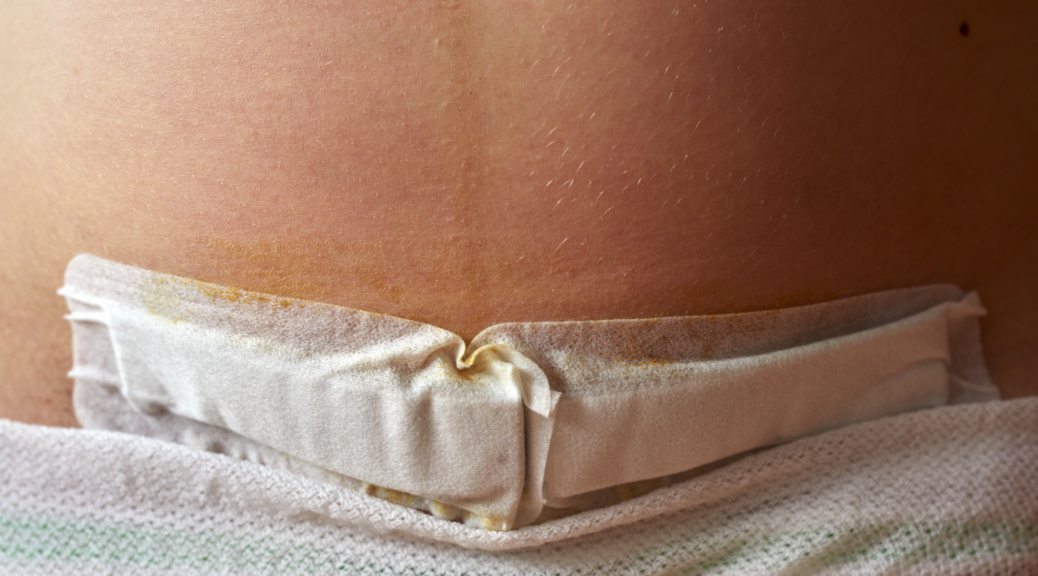
How to care for the pelvic floor in case of C-section, tearing, or episiotomy
Birth scars, whether from a C-section, episiotomy, or tearing, can cause pain, discomfort, a feeling of tightness, urine or stool leaks, and lack of abdominal control. All these problems have a common cause: adhesions. Adhesions are tissue that prevent the different layers involved, whether in the genital or abdominal area, from moving freely when any movement is made.
- During the first few days, it is important to keep the wound clean and dry (always pat dry it)and, if possible, keep it exposed to air for as long as possible. In addition, wide clothing should be used to avoid applying pressure to the area, as this could increase the inflammation.
- In the first weeks, the scar can be moisturized with specific products; use different textures to gently stroke the scar and improve the sensibility of the area. Maintain a correct body posture by avoiding to curve the back, doing breathing exercises, and lifting the arms. In addition, after 15 days, you can start using silicone adhesive bands to help regenerate the tissue in case of a C-section scar.
- At 6 weeks, you can start working with a little more pressure on the scar to help mobilize the tissue, also by gently stretching the abdomen. Above all, keep moisturizing the scar.
Trying to rest, which is difficult to achieve in the postpartum period, can help to regenerate and recover the tissues.
However, it is still important to see a pelvic floor physiotherapist, whenever possible, to keep working on the scar in a specific way and to evaluate if there is any other problem in the pelvic floor after giving birth.